In 1716 the French built Fort Rosalie on the banks of the Mississippi. Settlers attracted by the fort built a town around it, the oldest on the Mississippi River. In 1729 the local Natchez Indians destroyed the French colony at Fort Rosalie together with several other nearby settlements. The French had allied themselves with other Indian tribes, and working with their allies they struck back, largely eliminating the Natchez Indians within two years. The town at Fort Rosalie was given the name of the extinguished tribe. Natchez became British at the end of the French and Indian War, then Spain seized the area during the Revolutionary War. In 1796 the Treaty of San Lorenzo established borders between Spanish and US territory, and Natchez found itself in the USA. The city was the first capital of the Mississippi Territory and it thrived as a major port for shipping cotton.
Franklin Street at Commerce Street
After its foundation in 1716, Natchez’s position on the Mississippi quickly made it a major trading centre, and in first part of the 19th Century it grew rapidly as the main centre of economic activity in the new state of Mississippi. The city avoided any major damage during the Civil War. Most of the large Plantation owners held little enthusiasm for the Confederate cause and Natchez surrendered after the fall of New Orleans in 1862. As a result Natchez has a wide range of historic buildings ranging from antebellum mansions to Victorian commercial premises, as seen here in Franklin Street.
King's Tavern, 619 Jefferson Street
King’s Tavern (or Bledsoe House) claims to be be oldest building in Natchez dating back to before 1789. The building is undoubtedly very old, but records do not support the 1789 date. The Spanish Governor granted permission to build on this site in 1796 and records show that the property was sold in 1798 but it is not clear if a building had been erected by then. In 1799 Richard King was licensed to operate a public house in the premises, but it is not known if this was the building that was licensed. Over the years it has been a tavern, a stage stop and a mail station at the end of the Natchez Trace. It is now a steak and seafood restaurant, but is also reputed to be haunted.
Natchez
Home > US States > The South > Mississippi >
Click on Minimap to navigate
City Cemetery
The original burying ground in Natchez was to the east of Fort Rosalie in the area to the north of the junction of modern day Main and Union Streets. It was not good land for burials, so in 1822 a new 4 hectare (10 acre) cemetery was established to the north of Natchez. When it opened the City Cemetery was divided into sections, one part for Roman Catholics, another for strangers, another for ‘persons of colour’, and the rest for white non Catholics. Many Spanish era graves were moved to the City Cemetery from the old burying ground. The cemetery has been expanded and now covers an area of 38 hectares (95 acres).
The House on Ellicott Hill
The Treaty of San Lorenzo did not immediately end arguments about the border between Spanish and US territory. Spain refused to withdraw its garrison from Natchez, so George Washington appointed surveyor Andrew Ellicott to ascertain the true position of the border. Ellicott arrived in Natchez in 1797 and raised the American flag on a hill overlooking the Mississippi River in defiance of Spain. In 1798 the Spanish garrison withdrew and James Moore built a house on the hill that now bore Ellicott’s name. The House on Ellicott Hill was purchased in 1934 by the Natchez Garden Club, who restored it. It is open to the public on Fridays and Saturdays. The picture has been digitally altered to remove unsightly wires.
Rosalie Mansion
Part of the land on which Fort Rosalie once stood was bought in 1820 by wealthy cotton broker Peter Little to build a mansion. Completed in 1823, he named it Rosalie Mansion in honour of the early French settlers. Peter Little lived in the house until his death in 1856. His assets were auctioned in 1857 and the mansion was bought by Mr And Mrs Andrew Wilson. In 1863 General Grant took possession of Rosalie and from then on it was used as Union Army Headquarters. After the Civil War the became the home of Fannie McMurtry and her husband. She was an orphan who had been brought up by the Wilsons. Mississippi State Society DAR bought the mansion in 1938, but Fannie’s daughters continued to live in it until the last one died in 1958. The mansion is open to the public for daily tours.
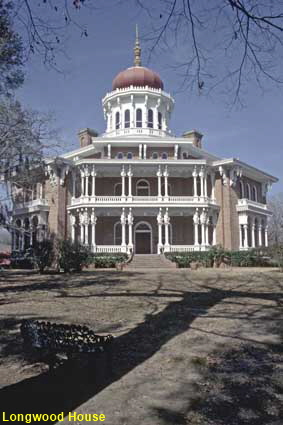
Longwood House
Longwood House was designed for cotton baron Dr. Haller Nutt. It is a very unusual antebellum mansion as it is octagonal in shape. The craftsmen working on the house were from Philadelphia so when the Civil War broke out in 1861 they headed home. The exterior was mostly finished but there was much work still to be done on the interior. The basement was completed using local labour so that the family could move in, but all other work was suspended. Dr. Nutt never recovered from the destruction of his plantations by Union troops and he died in 1864. His widow Julia could not complete the house so she and her eight children continued to live in the basement until her death in 1897. Her descendants owned the house until 1968. Longwood House is now a National Historic Landmark and is open to the public. Tours include the basement with many of the family's original furnishings and the unfinished building work in the rest of the house. Click Tab 2 to see the view up in to the dome - 19th century construction work frozen in time.
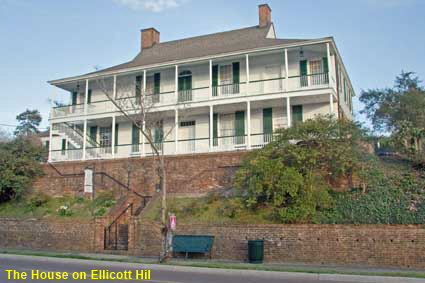

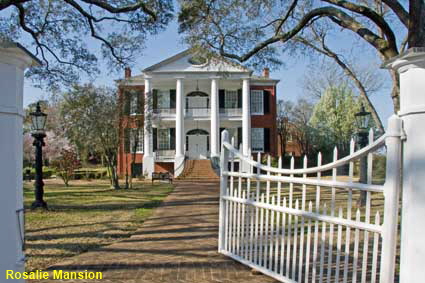
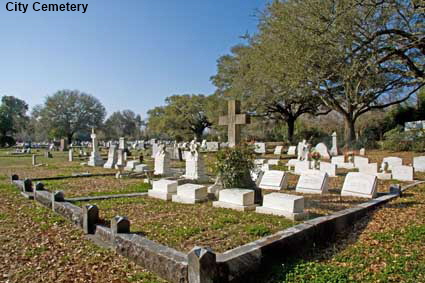
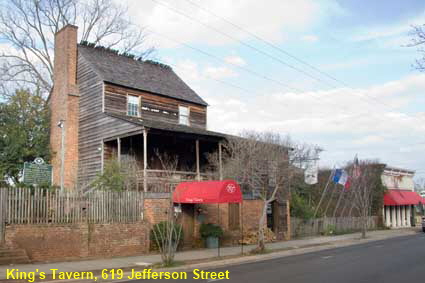
DLU110111


To move forwards or backwards through the Mississippi trail click the arrows above, or select your next destination on the Minimap.
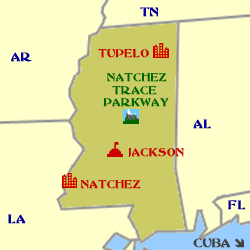

© Mike Elsden 1981 - 2025
The contents of this page may not be reproduced in full or in part without permission